You’re familiar with the AIDA digital marketing funnel we’ve all been taught as marketers: Awareness, Interest, Decision, and Action. However, the path from awareness to conversion has transformed into a non-linear experience reshaping traditional marketing strategies and redefining how brands connect with consumers.
This new model presents unique challenges and rich opportunities, demanding a complete reevaluation of how you implement and measure digital marketing efforts. Success in this new paradigm requires a thorough understanding of these changes and an ability to skillfully build meaningful connections with customers at every touchpoint.
Let’s delve into the anatomy of the new digital marketing funnel and explore how you can use this model to maximize your return on investment.
How the digital marketing funnel has fundamentally changed
The traditional AIDA model assumes that once a customer has made a purchase, their journey is over—along with your need to prioritize them. However, this doesn’t align with today’s consumer behavior. You may have “won”, but the reality is that your work as a marketer isn’t done.
Today’s marketing funnel looks more like a circle or a cyclical journey. The key stages have expanded to reveal:
- Discovery
- Research
- Engagement
- Conversion
- Retention
- Advocacy
Advocacy, when customers share their experiences with your brand on social media or through word of mouth, influences new buyers to enter the Discovery stage and has the power to fuel your next round of customer purchases.
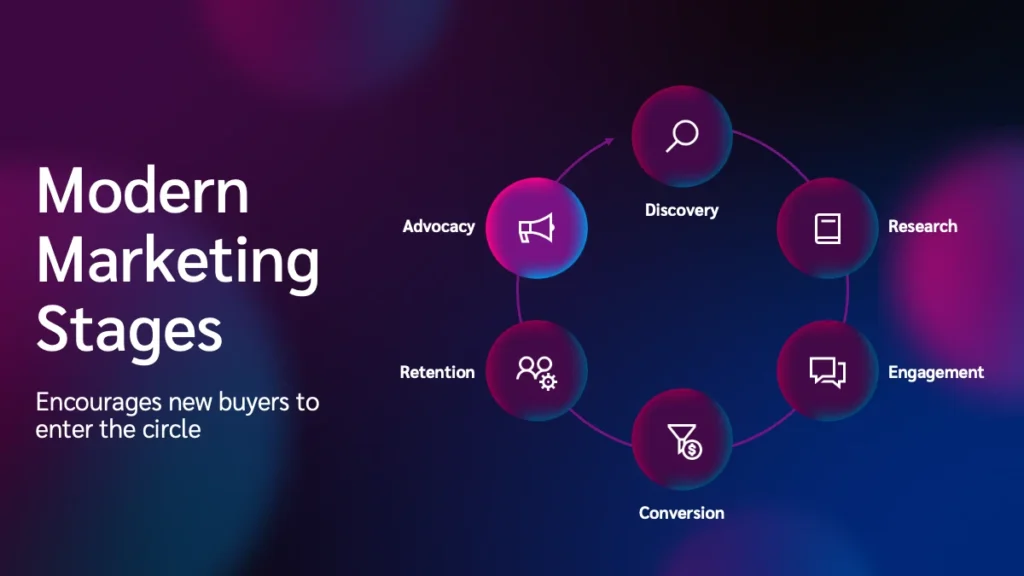
Simply adding these expanded stages to the traditional funnel doesn’t account for the cyclical loop that customer advocacy creates. The cyclical model accounts for customers’ post-purchase behavior, which creates a flywheel that starts to feed itself.
Consumption and purchase decisions are no longer neatly driven by brands, who used to guide consumers through their path to purchase directly. Instead, buying decisions are driven by other people talking about your brand throughout this cycle. Your job as a marketer is to cultivate these relationships and turn them into true partnerships.
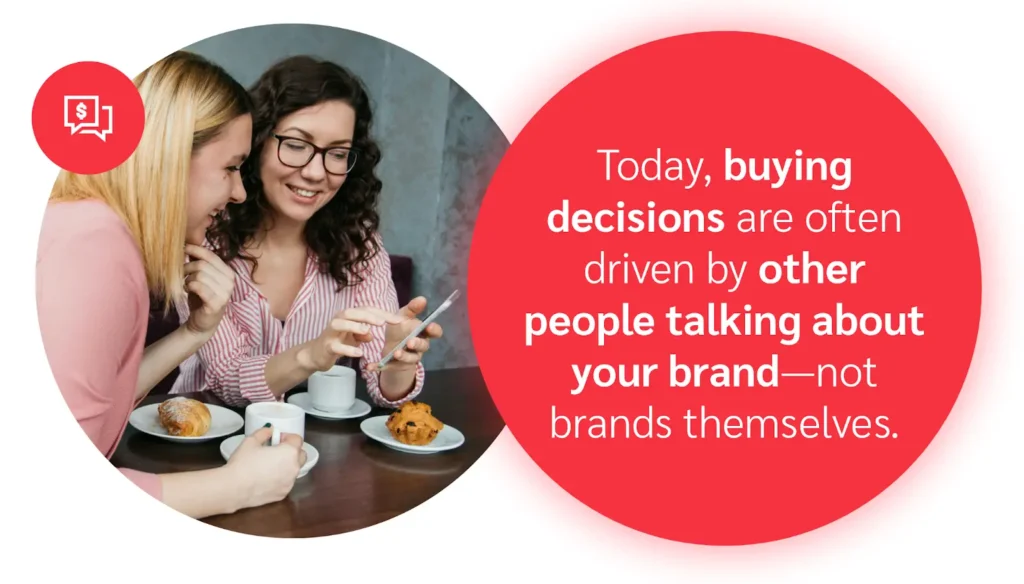
Brands reach the modern buyer by fostering true advocacy
The new digital marketing funnel aligns with modern customer behavior because, as Vogue Business put it, “Consumption today is an infinite loop of inspiration, exploration, community, and loyalty.”
Understanding these new consumption habits and attitudes is key to brand growth, especially as you try to capture new generations. In a recent survey, 80 percent of Gen Z agree that they’re exposed to more brands and advertising than any other generation. Most of them also think brands often lie about their products and services.
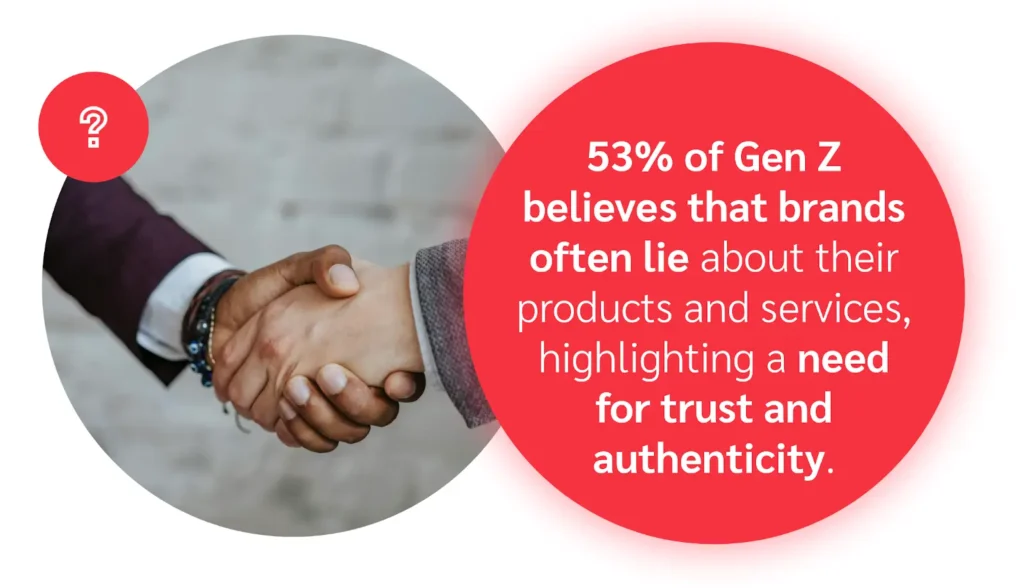
Source: Vogue
The modern buyer demands to feel like they belong to something bigger. To become a true advocate and help you acquire new customers, they need to feel like they’re a part of your inner circle.
Community has become a key pillar in fostering advocacy and trust. Today’s consumers expect brands to continuously engage with them outside of traditional product advertising. Over half of Gen Z say that their favorite brands make them feel like they’re part of a community.
And the more young people feel they belong to a community, the “cooler” they think a brand is—and 84 percent of Gen Z buyers are more likely to purchase from brands they consider “cool” in this regard.
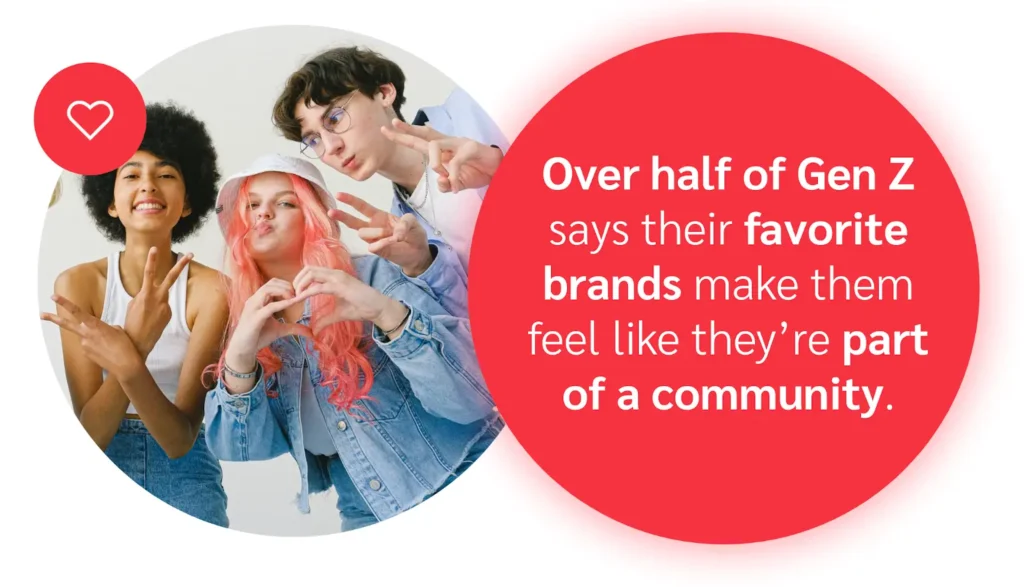
Source: Vogue
To effectively foster community, brands need to go one step further than a transactional relationship and create a space for connection, social interaction, and belonging. According to TikTok, “communities are the new demographics.” Brands need to embrace them, be a part of them, and even create them to succeed.
You have the chance to complete the circle and move beyond the goal of winning a purchase to winning true loyalty and advocacy, which will ultimately fuel a new round of discovery.
5 ways to adapt your strategy for the new digital marketing funnel
Adapting to the non-linear marketing funnel ensures sustained success for your brand as consumer behavior evolves.
See the actionable steps to stay ahead of the competition and effectively engage your audience at every stage of the buyer’s journey.
1. Use partnerships to build a robust community on social
Use your partners to bolster your social media presence and build a community of brand loyalists who enjoy connecting with you and each other. Just as you work with partners to boost brand awareness and drive sales, incorporate fostering community into your partnership program goals.
Consider identifying and collaborating with influencers who align with your brand values and ethos. Authentic content resonates deeply with today’s ad-weary consumers.
Use your affiliates to create genuine, relatable content that speaks to your audience’s values and experiences. This approach not only builds trust but also encourages active engagement.
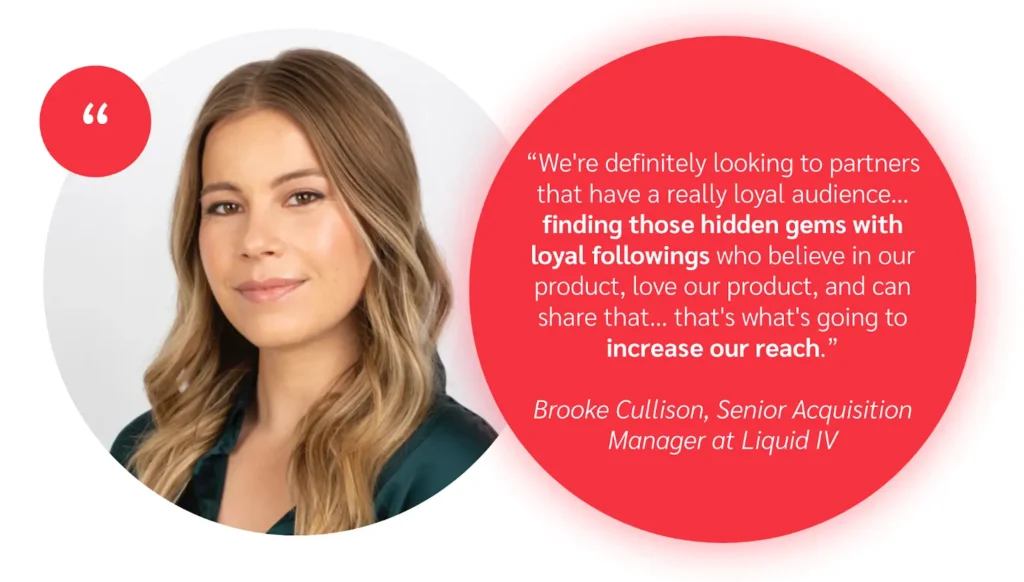
Source: The Partnership Economy podcast
Encourage your partners to share personal stories, behind-the-scenes glimpses, and user-generated content (UGC) that highlights real customer experiences with your products. By prioritizing authenticity, you create the strong emotional connection that today’s consumers crave. This establishes a community around your brand, which can drive both engagement and loyalty.
Noom, a subscription-based app focused on helping people build healthy habits, is a great example to follow. One key to its success lies in the community it has built.
They created Noom Circles, an app feature that allows users to share their progress, give advice, and connect based on shared interests. They also regularly feature real customers on their social media pages to build a social community and motivate other members.
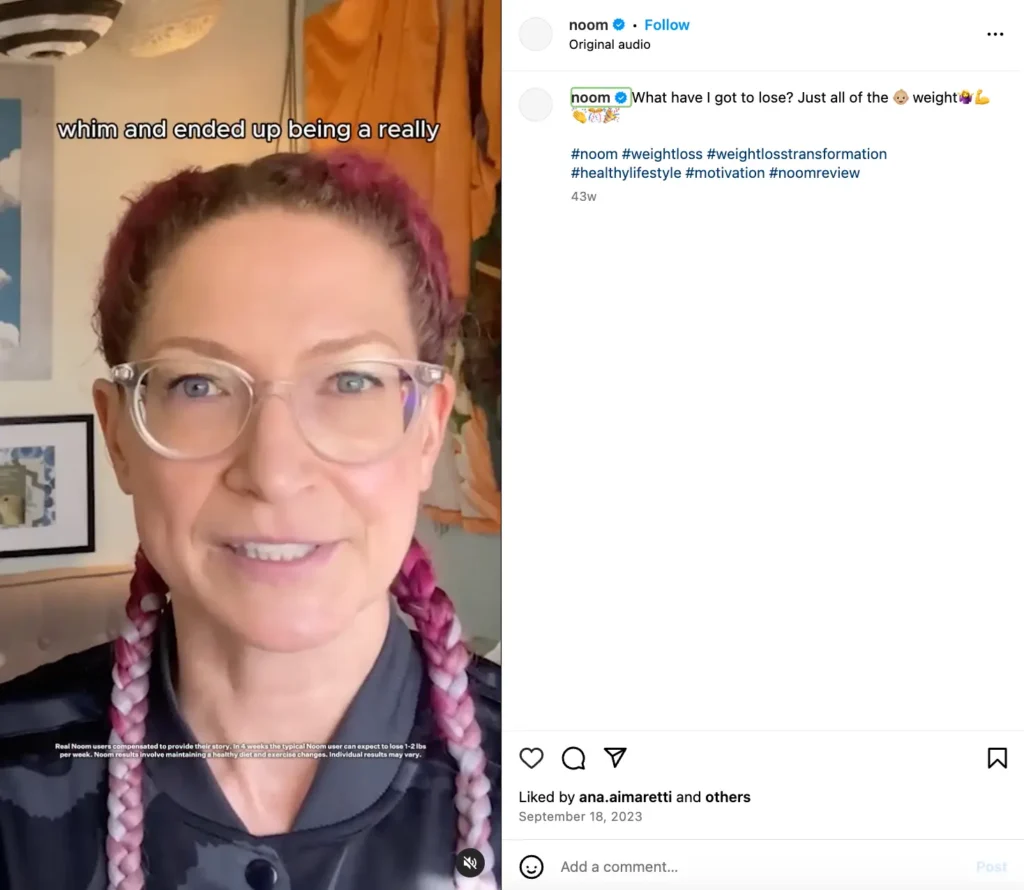
2. Invest in a strong referral program
Set up a referral program encouraging existing customers to share their love for your brand with family and friends, feeding your company’s flywheel.
For example, real estate SaaS company RealtyNinja scaled its existing referral program into a key revenue driver. By incentivizing users to become product evangelists, it doubled its conversion rate. Today, 16 percent of its new customers come from referrals.
If you already have a program, consider investing resources into shoring up each aspect of it:
- Incentives: Customers need a compelling reason to refer, whether through discounts, exclusive access, or bonus rewards.
- Referral process: Ensure the user experience is seamless and user-friendly for the referrer and the referee.
- Tracking: Use digital automation tools, such as impact.com / advocate, to track referrals and reward customers promptly.
- Program awareness: To encourage participation, promote your program through multiple channels, such as partnerships, email marketing, and social media.
- Optimization: Analyze data and gather feedback to continuously improve the program and maximize effectiveness.
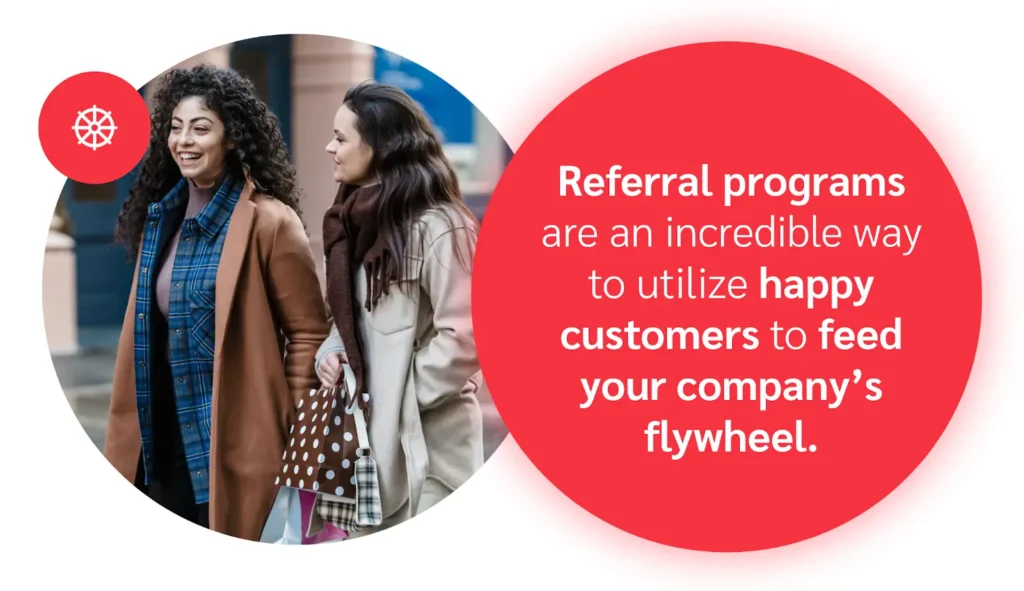
3. Expand your KPIs focused on loyalty
Expand the traditional loyalty metrics you’ve been focusing on—beyond repeat sales to include engagement and advocacy. Without the right KPIs in place, you won’t incentivize your team to drive meaningful growth in this stage of the marketing circle.
Identify key metrics that account for how customers show loyalty today, such as:
- Social media engagement rates
- Referral rates
- Customer lifetime value (CLV)
Develop a system for actively monitoring and analyzing these KPIs, adjusting your strategies based on trends and insights.
Let’s go back to Noom as an example. The app’s refer-a-friend program allows passionate customers to refer their family and friends. Noom measures the success of their program through a wide range of KPIs—such as retention and customer acquisition costs—so they can show how much value “community” drives.
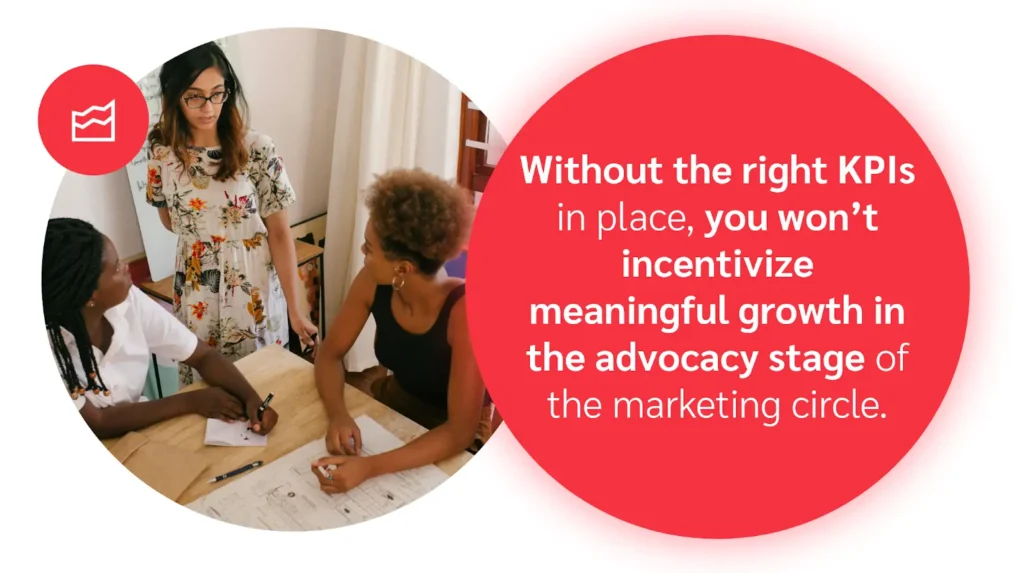
4. Personalize customer experiences
By tailoring experiences to individual customers based on their behavior, preferences, and engagement history, brands can nurture stronger connections and build a loyal community of advocates.
To implement effective personalization, collect and analyze consumer data to understand their needs and preferences. Use this information to customize marketing messages, product recommendations, and content.
Consider setting up a loyalty program that offers personalized rewards, access to exclusive events, or early product releases. Invite your customers to participate in brand-related activities, such as webinars, virtual meetups, or community forums. AI can be a useful tool for offering unique, tailored experiences that make customers feel part of a special inner circle.
By showing that you care about their needs, you’re more likely to turn customers into advocates who drive continual engagement and growth.
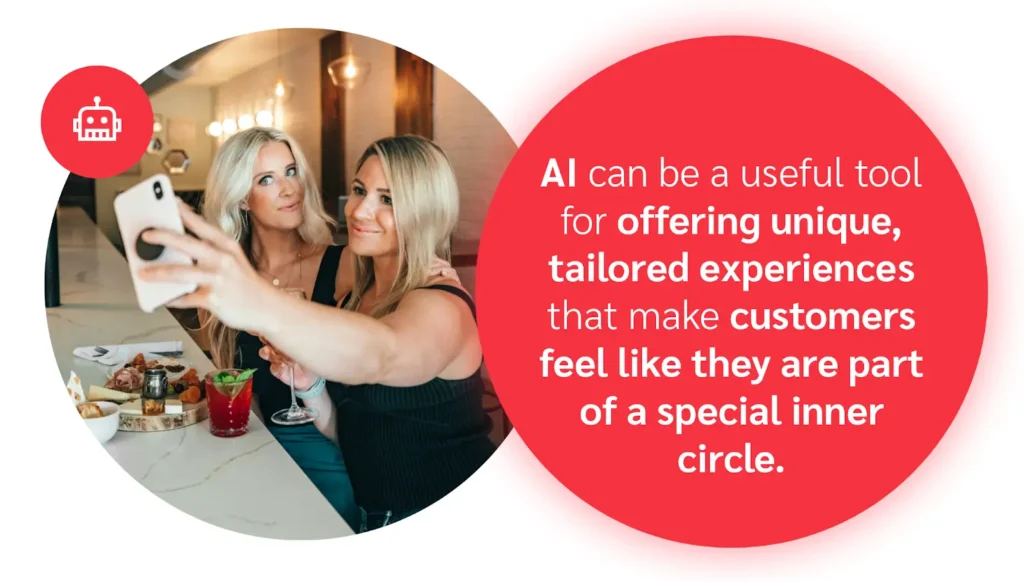
5. Know and align with your customers’ values
According to Google Cloud research, 82 percent of shoppers prefer a brand’s values to align with their own—with three-quarters reporting that they’ve parted ways with a brand when they don’t match.
Showing value alignment drives purchases and inspires customers to become your champion. However, effectively communicating and living out these values requires authenticity and consistency across all touchpoints.
Today’s savvy consumers scrutinize brands, so any misalignment or perceived insincerity can lead to backlash and loss of trust. Brands must strategically embed their values into their core messaging. Getting this right creates a foundation for long-term relationships built on respect and mutual commitment.
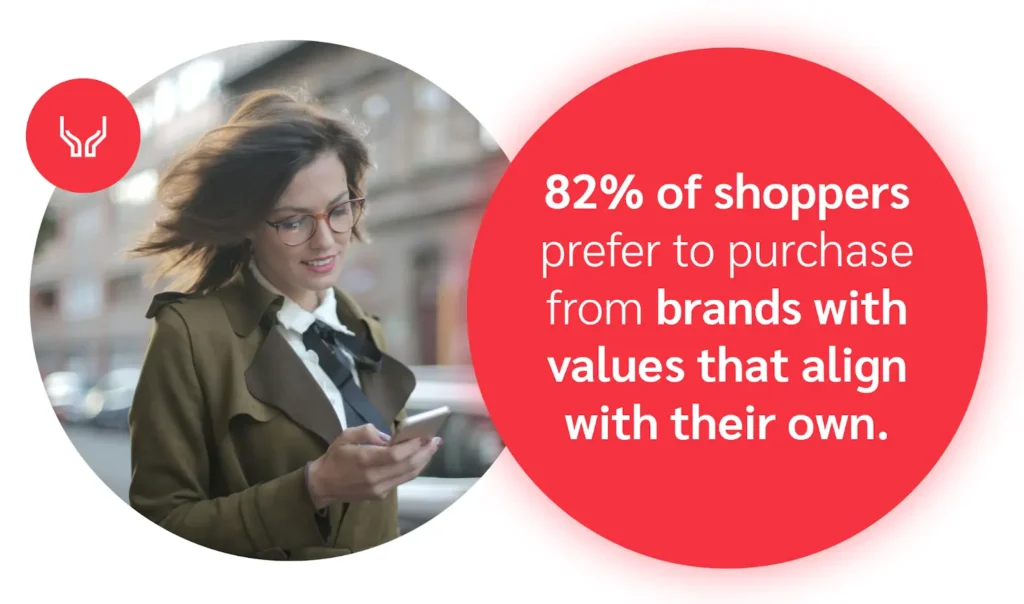
Source: Google Cloud Research
Don’t be afraid to think outside the box when communicating your values.
Patagonia is one of the best examples of a company that excels at this. Aside from donating the company’s non-voting stock to fighting climate change, they’ve also built a community around their environmentalist principles. They sponsor outdoor workshops and encourage customers to participate in environmental cleanups and joint outdoor activities. They’ve even created a PRO community that unites outdoor professionals and environmental grant recipients.
By weaving your brand’s values into every aspect of your messaging, you can create brand evangelists that help drive sustained growth.
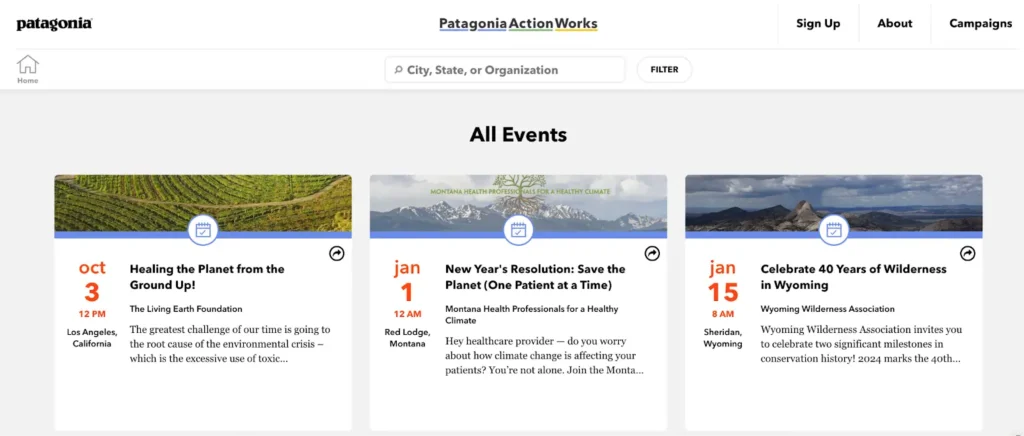
Patagonia hosts events online and in-person that align with their environmentalist mission, providing further value and highlighting their commitment to saving the planet.
Partnerships are an essential ingredient for modern marketing
If you implement just a few of these tips, you’ll be one step closer to closing the loop from Advocacy to Discovery and evolving with the new generation of buyers.
While focusing on community may seem like a “nice to have,” consumers need this connection now more than ever. With Gen Z being named the loneliest generation, strategically shaping your marketing efforts around partnerships can help you meaningfully connect to the buyers of today and tomorrow.
Discover more about improving your marketing returns with the power of partnerships:
- Drive full-funnel results by integrating your influencer and affiliate marketing programs (blog)
- 7 referral marketing strategies to grow your retail business [+stand-out brand examples] (blog)
- Customer referral marketing research: A consumer perspective (research report)
FAQs
The new digital marketing funnel is actually a circle—it’s not a funnel at all. This new shape reflects the continuous, interconnected journey of today’s consumers.
Instead of moving from awareness to conversion in a straightforward path, the modern buyer’s journey encompasses expanded stages like research and engagement, and shows how customer advocacy can attract new audiences to the discovery stage.
This dynamic, holistic approach underscores the importance of community-building and personalized interactions at every customer lifecycle stage.
The rise of social media platforms, commercial content, and online reviews has shifted consumer behavior, fostering continuous engagement and community-building. Increasing consumer skepticism and demand for authenticity have necessitated more genuine and ongoing brand interactions. Additionally, the proliferation of digital touch points has enabled more dynamic and interactive customer journeys.
Marketers should care about the new digital marketing funnel because it more accurately reflects the modern, non-linear consumer journey. Embracing this model allows marketers to create ongoing, meaningful interactions that build lasting relationships that encourage customer loyalty. This approach enhances customer satisfaction and drives sustainable growth and advocacy.




